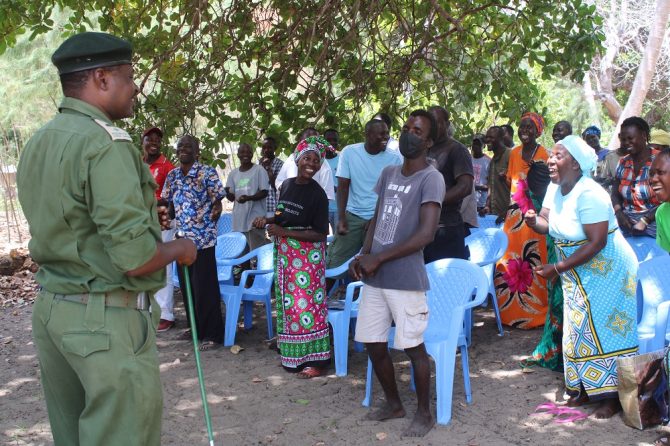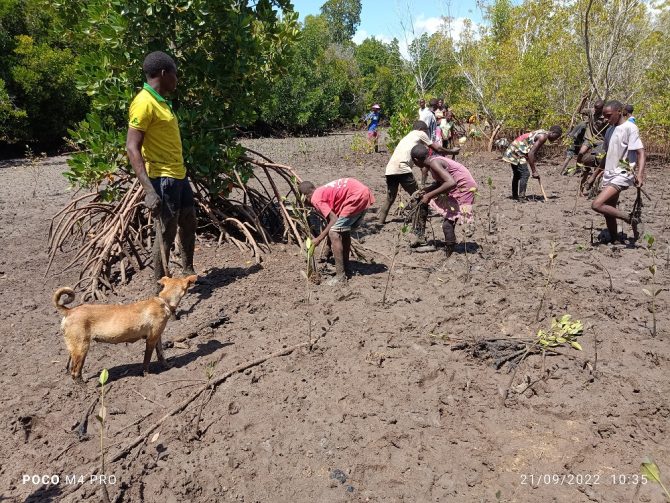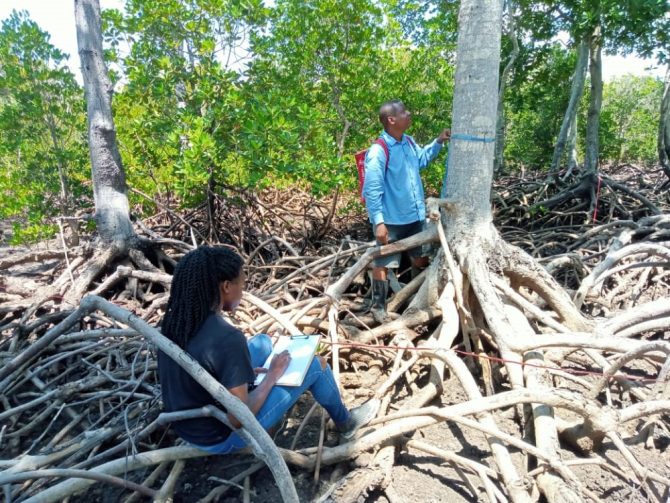SDM Project: Marereni Community Blue Carbon Initiative Feasibility Assessment and Stakeholder Outreach
11.03.2024
SUBMITTED ORGANISATION
Community Based Environmental Conservation (COBEC)
PARTNER ORGANISATIONS
Kenya Forest Research Institute (KFRI)
Kenya Forest Service (KFS)
Coastal and Marine Resources Development (COMRED)
DATE OF SUBMISSION
01/11/2022
REGION
Africa
COUNTRY
Kenya
KEYWORDS
Blue carbon, community , restoration
Link
Abstract
Overdependence on natural resources in Marereni is associated with increase in population, unsustainable alternative livelihoods, and high illiteracy levels. This has caused alteration of mangrove forest ecosystems, diminishing fish breeding sites, and decreasing fish stocks. Coupled with increasing threat of climate change, the community is left vulnerable. Hence, the need to come up with mitigation strategies to restore and conserve resources. Change in community attitude and understanding of roles, rights and importance of mangroves requires sustainable efforts on awareness raising and community participation in conservation activities. Three objectives were achieved; i) to complete a feasibility study focused on technical and socio-economic data gathering to assess the case for creating a community-led mangrove blue carbon initiative, ii) to engage the local community and stakeholders in considering the different management options of their mangrove resource focusing on generation of additional income from sale of blue carbon credits and iii) to increase local community’s awareness of direct and indirect use values of mangroves. These were the outputs realized; i) Feasibility of carbon credit project sufficiently assessed, and project idea note created, ii) Map of degraded sites generated and restoration needs described for each site, iii) Stakeholders consensus on the definition and purpose of implementing restoration, iv) Community mangrove forest resource uses identified and v) Mangrove restoration carbon and “beyond carbon” benefits effectively communicated. IPSI Strategic objectives 1, 2, 3 and SDGs 1, 5, 10, 13, 14, 15, and 17 were met. The most important achievements are development of the community blue carbon project concept note and creation of partnership in conservation. Most important lessons are simplification and translation of scientific and technical information into local language enhances understanding and acceptance of project ideas. An effective dispute resolution mechanism is essential in reforming the community and enhances the success of projects.




